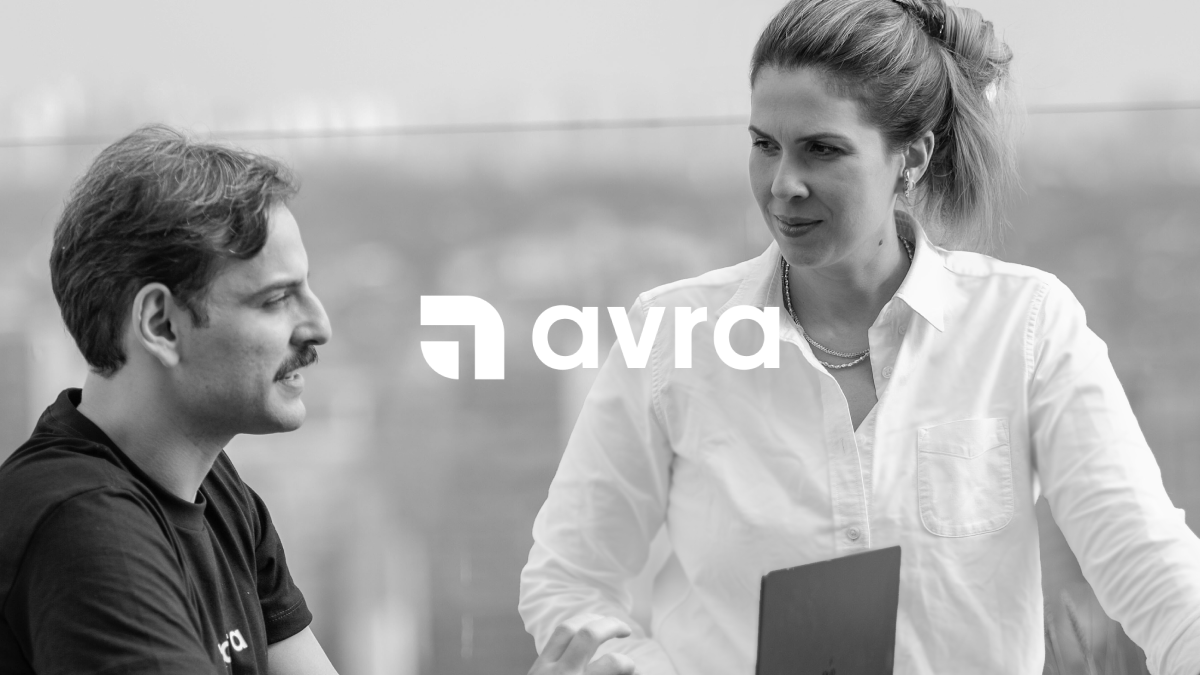The AI revolution in credit will be hyperpersonalization


In 2007, I began my first internship in the credit field—at the time, with a rating agency. After that, I spent the next 10 years working in credit (Corporate & FIs) at various Brazilian institutions.
What I heard as a common denominator was that granting credit required "bank-hours." In a literal translation, this meant that a good credit analyst needed many "hours" of experience: to have lived through crises, crop failures, price shocks, and the devaluation and appreciation of the local currency, etc. All of that made perfect sense, until… the world changed, and AI began to enter every field, acting as a catalyst for how we do everything.
Even in a world where AI has transformed how we research what we don't know, make a medical diagnosis, or write texts, I notice that something remains almost untouched: the way we grant credit (or how we sell on credit, which, after all, is also a credit decision).
When Bruno and I started Avra, we knew that credit decisions were still being made every day in a nearly binary way: should I lend money to that client or not?
In our view, that isn't the main question. The main question should be: under what conditions (in terms of term, credit limit, collateral, spread, or profitability) does that operation make sense for the company at that moment?
Boom: that's where a still very new concept in credit comes in—hyper-personalization. From this angle, the most important question becomes under what conditions do we have an optimal offer, or better yet—how does this optimal offer impact the "next best action"?
Last week, I had a chat with the credit director of a large Brazilian enterprise—and she mentioned how hyper-personalization had helped to very positively catalyze the financial results for the group.
Finally, in an environment of rising interest rates and Basel III standards, the need to lend money more efficiently by using innovations like hyper-personalization becomes even more apparent.
.png)